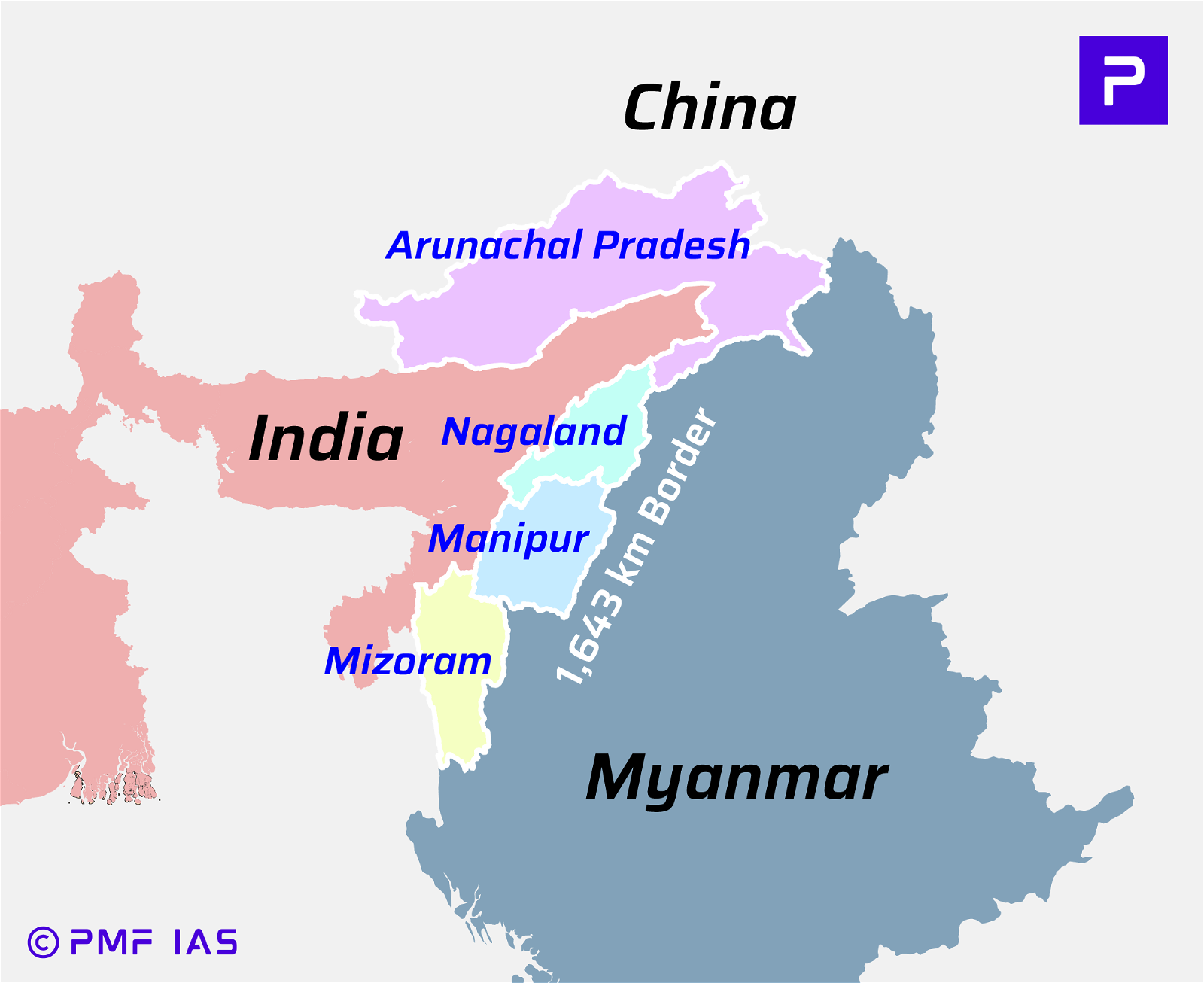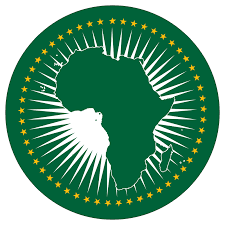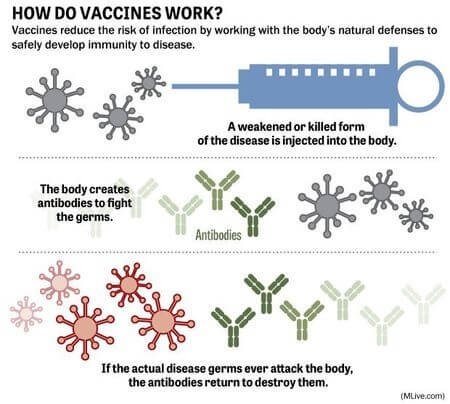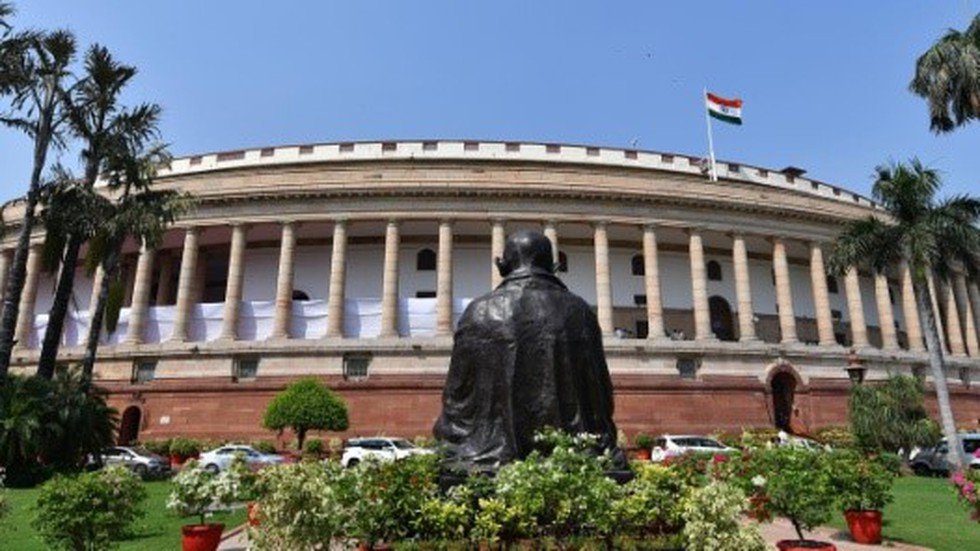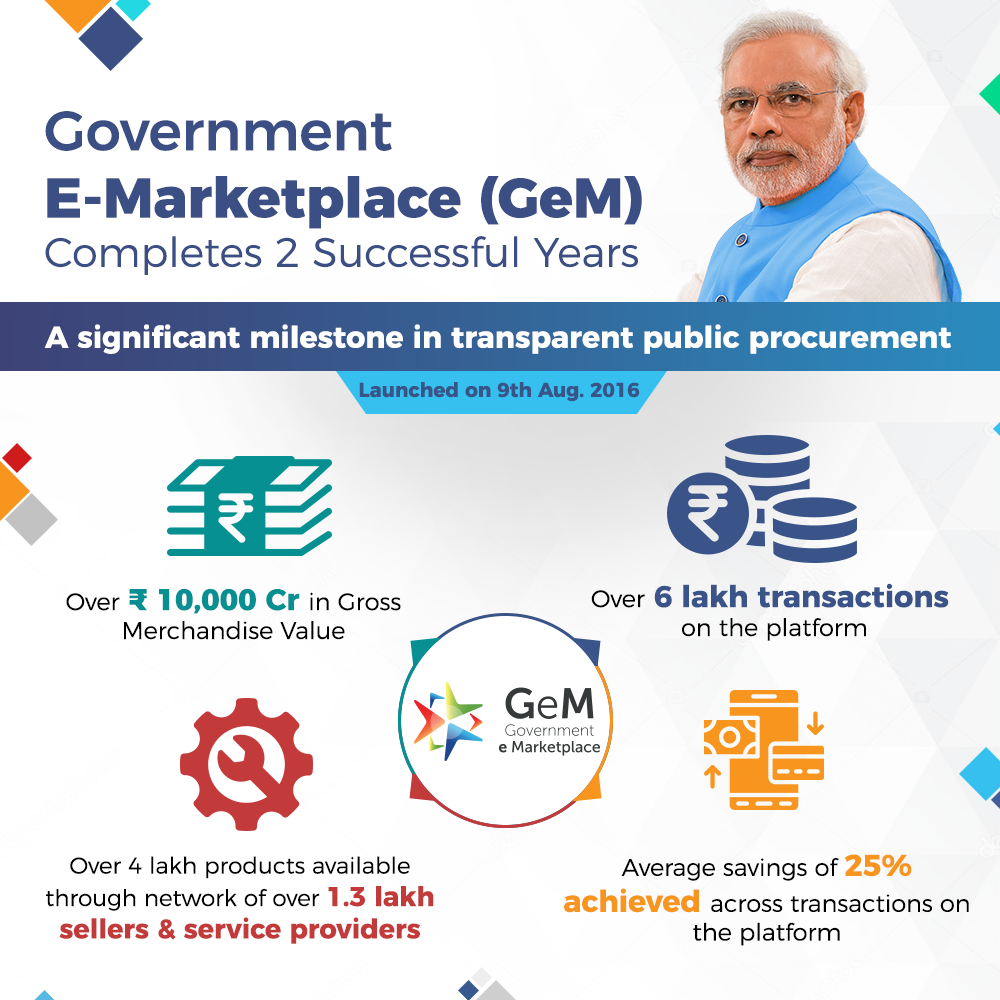
Rare Diseases
Subscribers of "Current Affairs" course can Download Daily Current Affairs in PDF/DOC
Subscribe to Never Miss an Important Update! Assured Discounts on New Products!
Must Join PMF IAS Telegram Channel & PMF IAS History Telegram Channel
- Context (TH): The 19-year-old Dangal actress Suhani Bhatnagar passed away recently due to dermatomyositis.
- Rare diseases affect 1 or fewer people per 1,000 (WHO).
- Only 5% of the 7,000 known diseases have treatments. Many get only basic help to ease symptoms.
- Some need expensive medicine they can’t afford, leading to suffering and death for many.
Rare diseases in India
- India accounts for one-third of the global rare disease incidence, with over 450 identified diseases.
- Major Rare Diseases in India: Spinal Muscular Atrophy, Gaucher’s disease, Mucopolysaccharidosis type 1 and Whipple’s disease.
- A rough estimate suggests that about 8 crore-10 crore Indians suffer from one rare disease or another, and over 75% are children.
|
Challenges/Issues in tackling Rare Diseases
- Rare diseases are largely overlooked.
- Treatments approved by the Drugs Controller General of India are available for just about 20 rare diseases and can be availed only from Centres of Excellence (CoEs). Although, 50% of the 450-odd rare diseases identified in India are treatable.
- Lacks a standard definition for rare diseases.
- Lack of awareness: Physicians are generally unaware of how to interpret the signs and symptoms.
- Difficulty in Diagnosis: it takes an average of seven years for their conditions to be diagnosed.
- Inadequacy in drug development for rare diseases.
-
Inadequate Funding: The Budget’s allocation for rare diseases, although increasing over the years, remains low at ₹93 crore for 2023-2024.
- According to National policy for rare diseases (NPRD) rules, each patient can receive up to ₹50 lakh. However, for lifelong management and therapy of chronic rare diseases, this amount is inadequate.
- Issues with CoEs: CoEs are few (12) and unevenly distributed.
- Inadequate Fund utilisation by CoEs. E.g. more than ₹47 crore of the ₹71 crore financial assistance allocated to the 11 CoEs for the current year remains unused.
Way forward
-
Recommendation for the Central government
- Frame a standard definition of rare diseases.
- Increase budgetary outlays.
- Develop dedicated funding for drug development and therapy.
- Increase the number of CoEs.
-
Recommendation for the State governments
- Must introduce social assistance programmes.
- Develop satellite centres under the CoEs.
-
Recommendation to increase Funding
- Public and private companies could be co-opted for funding.
- CSR initiatives and partnerships can be leveraged to meet shortfalls.
-
Recommendations to address the issue of exorbitant drug prices and availability
- The government must incentivise domestic manufacturers under the Production-Linked Incentive Scheme.
- Reduce clinical trial requirements in appropriate cases.
- Explore options such as repurposed drugs and bulk import.
- Need to withdraw GST on life-saving drugs.
-
Other Recommendations
- Healthcare professionals must be trained to improve their diagnostic accuracy.
- Expectant mothers with a history of rare diseases in their family must undergo mandatory pre-natal screening and post-natal diagnosis.
To know more on National Policy for Rare Diseases visit >National Policy for Rare Diseases 2021.





![PMF IAS Environment for UPSC 2022-23 [paperback] PMF IAS [Nov 30, 2021]…](https://pmfias.b-cdn.net/wp-content/uploads/2024/04/pmfiasenvironmentforupsc2022-23paperbackpmfiasnov302021.jpg)
